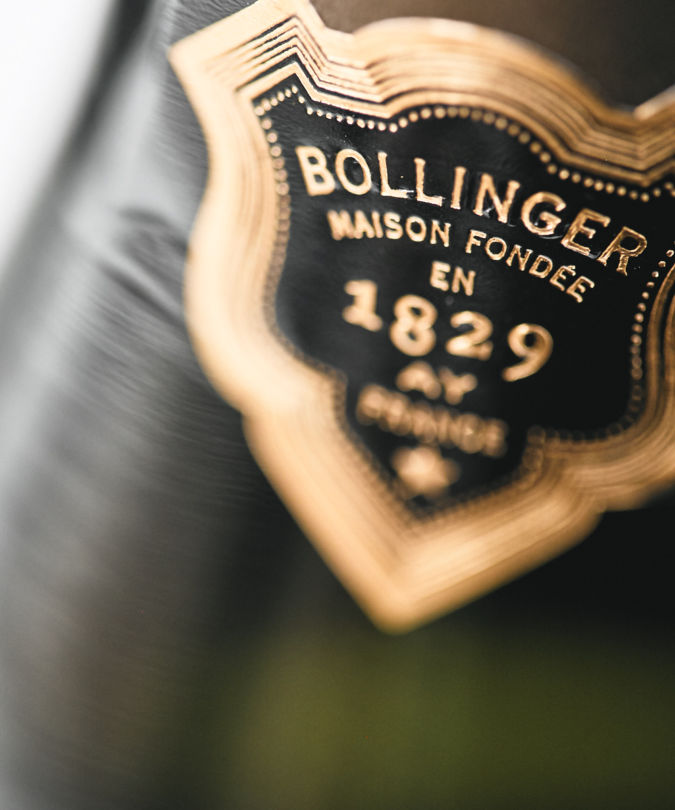For 21 years, Marina Olsson has been going to great lengths to assemble extraordinary sets of rare wines for her Gomseglet Champagne club. Late last year, I had my first experience of the private collector’s famously exclusive and hedonistic tastings – something I knew was going to tickle both my taste buds and intellect.
In essence, the tasting was about comparing original disgorgements with so-called late disgorgements. The latter category was initiated in 1967 when Bollinger launched its récemment dégorgé (RD) 1952, a longer lees-aged, extra-brut version of Grande Année. Ahead of her time as its creator Madame Bollinger was, the cuvée stood long in solitude. Finally, in 2000, the launch of Dom Pérignon Oenothèque series (renamed Plénitude, or P, in 2014) kickstarted the boom. Since then, many ‘ultra-prestige’ cuvées have emerged, among them Louis Roederer Cristal Vinothèque, Dom Ruinart La Réserve, Laurent-Perrier Les Réserves Grand Siècle and Gosset Les Célébrissimes.
Despite the seemingly simple concept, the reality of late-disgorged Champagnes is mesmerisingly complex. What is understood is that, as long as the wine is kept on the lees it remains fresh and protected against oxidation. However, the longer it is on its lees, the more sensitive it will be to the oxidative shock of disgorgement and the more rapid its subsequent evolution. Thus, many late-disgorged Champagnes are best enjoyed within a few years of sediment removal. Perhaps surprisingly, it is often the original version that takes extended ageing better.


Our wines were served in themed flights, within which they were tasted blind, which gave us many surprises and lots of food for thought. We oriented to the tasting by comparing the much-hyped 2008s of Dom Pérignon and La Grande Année. Still warming up to the real deal, Marina treated us to a surprise quintet, which was revealed to be a vertical of Moët & Chandon vintages, the “little brother” of Dom Pérignon.
The next two flights compared Bollinger La Grande Année and RD. It was not easy to distinguish which was which, even if we knew that RD comes with lower dosage. In the more youthful set, to me the RDs ranked superior, whereas out of the 1990s, La Grande Année was in a league of its own, astonishingly fresh and impressively vivacious. The 1988 was regrettably corked, and cork was an issue for several other bottles in the tasting. Unacceptable yes, and Champagne has tackled the problem since, but many corky disappointments still sleep in collectors’ cellars.
In the first Dom Pérignon flight, I was seriously impressed by the underdog to the two 1995s, the elegant and tightly knit 1993 Oenothèque. In the 1990 and 1996 comparison, it was the original 1996 disgorgement that came with the complexity, drive and youthfulness of a magnum. Our last pleasurable drill was to taste every Dom Pérignon P2 released so far, and polished-to-perfection consistency and remarkable youthfulness greeted us in every glass.
Firm conclusions depend on personal preference of course, but what is for sure is that the original and late disgorgements are not the same wine anymore. If you are looking for an immediately complex, lush and yeast-enriched experience, go for the long-aged one; a more budget-friendly option is to buy original disgorgements and open them at any time, depending on your taste. Personally, I relished the intellectual experience of savouring them side by side.
The wines are listed below, grouped by producer.
This article first appeared in the spring 2020 issue of Club Oenologique magazine.





























